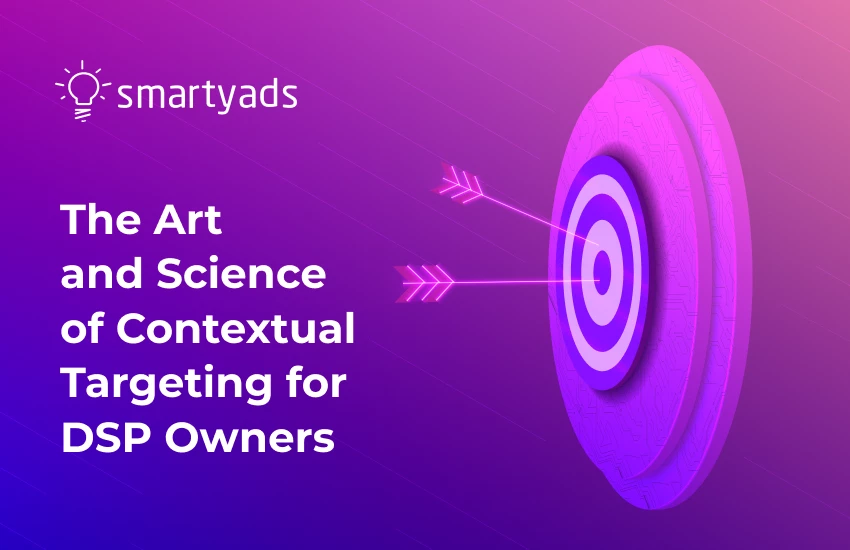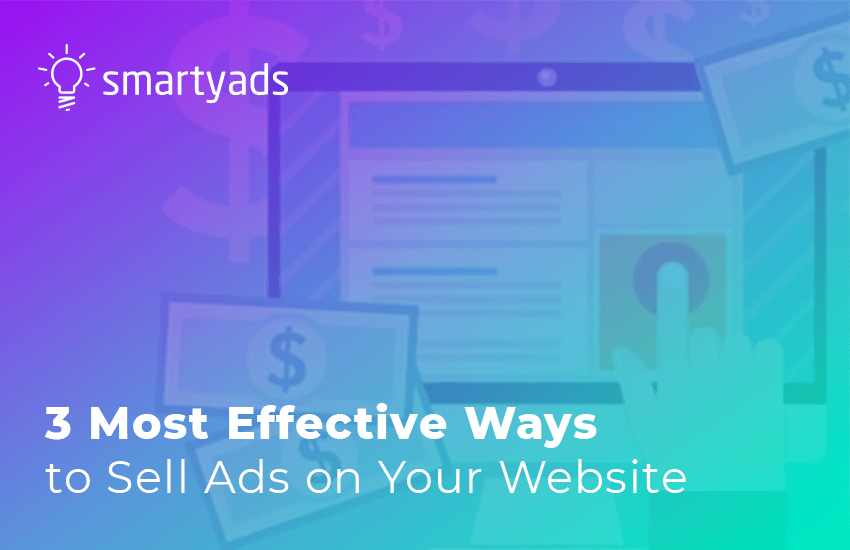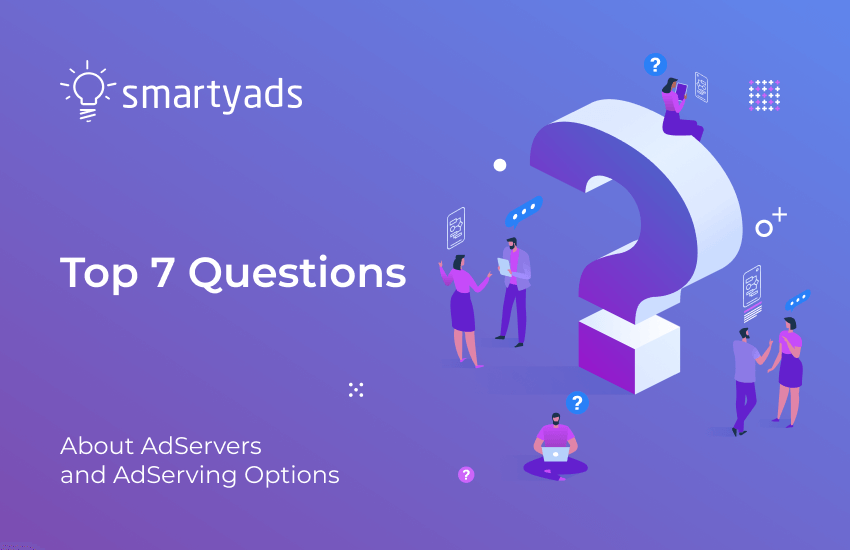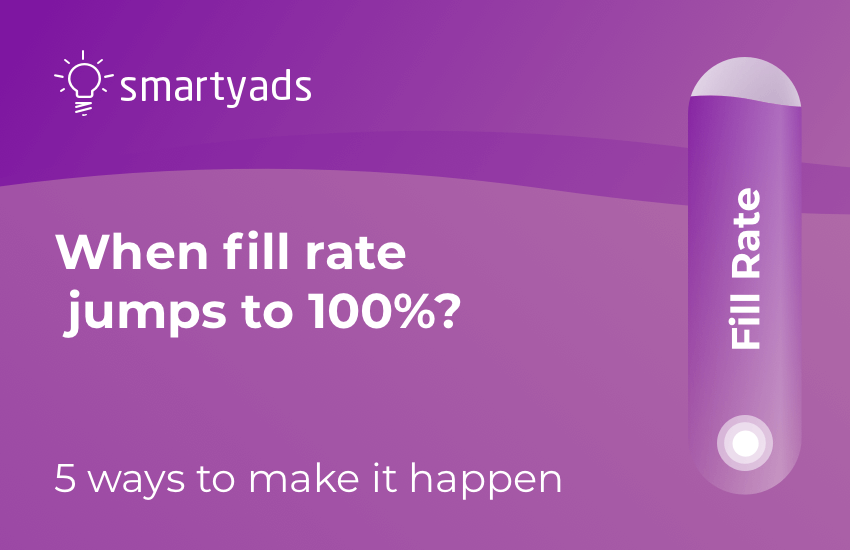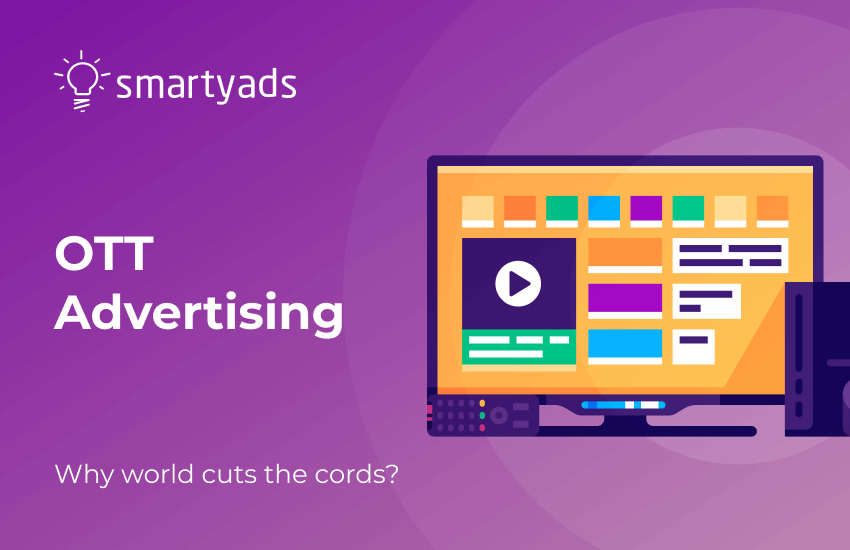As the ad tech world is speeding towards a cookieless future, contextual targeting is seeing a real revival. Instead of relying on targeting user characteristics and digital footprints, marketers more often use the context of the webpage and keywords describing their product or service or category parameters.
Contextual advertising stands out for its exceptionally high efficiency as it is displayed only to interested users, for instance, those already searching for relevant information or visiting specific resources, online stores, etc. More so, a properly adjusted contextual campaign is the next big thing as it aligns with user privacy requirements and data standards of 2024.
This kind of user-friendly advertising is very important to embrace in 2024. As we’ve already equipped our solution with contextual advertising functionality, we also decided to prepare a contextual targeting guide specifically for DSP owners looking to adapt to new realities.
For now, let’s dig a bit deeper into the subject; plus, let’s take a sneak peek into what you’ll discover in the guide. Ready? Let's get started.
Why is contextual targeting gaining traction?
Contextual targeting is a kind of targeting that is wrapped around interpreting the context of the web page the ad is placed in rather than the digital characteristics of the user (methodology based on сookies). As Chrome and other browsers are abandoning advertising cookies, marketers are puzzled about finding new privacy-friendly ways to make their ads personalized and relevant to the users.
While users still want to receive personalized content, normally, they are not willing to share their personal data. For instance, with IOS 14, Apple discontinued mandatory app tracking with IDFA, so now, each user decides whether to share personal data or not. Cookies and IDFA are not making the full list of reasons why the ad tech players are distributing their budgets toward contextual campaigns, as we also have to tighten global privacy regulations such as GDPR and CCPA.
With these core factors in mind, it becomes clear that in the future, marketers will rely less on cookie-based advertising and opt for more progressive targeting methods.
A little bit about the mechanics of contextual ad placement
As was mentioned earlier, contextual ad experiences are defined by context interpretation to place relevant ads. In other words, with contextual mechanics, ads are displayed to align with the content users are already consuming on the web page.
Contextual targeting interprets the category or keywords of the current page the user is viewing. It then shows them ads directly related to that content. This way, viewers see only the ads that interest them, and advertisers deliver valuable impressions to the right audience.
Effectiveness of contextual ads
As a strong alternative to cookie-based targeting, contextual one offers a plethora of opportunities to advertise with impact, especially when it comes to effectiveness. This way, for instance, engagement boost, improved ROI, and user experience are metrics you can elevate a lot with contextual ad campaigns. Want to see exact statistics about those? Be sure to get your free copy of the full guide.
How do DSPs prepare?
Around 80% of DSP platforms are already prepared for the new privacy requirements with contextual capabilities onboard. For DSP owners, in particular, it translates into a significant revenue boost (find exact stats in the full guide). In addition to this, it leads to much higher customer satisfaction.
The explanation here is simple: most advertisers are looking to safeguard their ad budgets in uncertain realms. That’s why they are diversifying campaigns and striving to allocate more funds to contextual campaigns, so DSPs are witnessing increased demand for contextual capabilities.
What can DSP owners do?
There are numerous ways and methodologies of preparation for these new realms that were already embraced by such platforms as Google's DV360, The Trade Desk, Xandr, and SmartyAds (read more in the full guide).
The warning here is that embracing contextual capabilities is not that easy. In order for contextual ads to be effective, it's crucial to carefully craft the plan of how it will be integrated into your DSP and what kind of advertiser’s needs it will cover. Further, you will need to integrate those contextual modules into your system and ensure they function correctly.
Luckily, contextual capabilities have evolved significantly these days, and a huge part of this evolution is attributed to AI and ML algorithms. The active integration of smart algorithms in ad tech platforms is a 99% effective method that elevates contextual advertising to a brand-new level.
That’s exactly why we’ve created an AI-powered Cookieless DSP that helps you to launch a fully prepared and functioning ad tech platform with all necessary integrations and contextual capabilities on the privacy-compliant tech.
Some of the benefits of such platforms include:
- Apart from traditional keywords, AI can interpret a large number of targeting parameters and signals, taking into account hundreds of user attributes, including the interpretation of content tone;
- While being built in platforms like SmartyAds DSP, AI can help to automatically expand the relevant number of keywords to make targeting super precise and efficient;
- AI in the core of such platforms like the one offered by SmartyAds opens the gateway to auto-optimization tools that drastically reduce manual workflow;
- The identity solutions module on DSP will enable the media buyers to target precisely across platforms and organize audience segmentation and retargeting while keeping the process privacy-compliant.
To wrap it up
According to the trends we discussed today, contextual advertising is the next big thing that advertisers and DSP owners can’t overlook. Implementing contextual capabilities is essential for ad tech businesses that strive to thrive in the future and leverage the opportunities of peaking demand.
At the same time, implementing a privacy-friendly platform with contextual modules can be challenging as it requires deep expertise and technical background. If you need a ready-made DSP solution that already has it all and is fully prepared to enter the market, let’s get in touch and pinpoint an individual plan for your business.
Meanwhile, download the full infographic and explore the benefits of contextual targeting to understand whether you’ve chosen the right direction.
